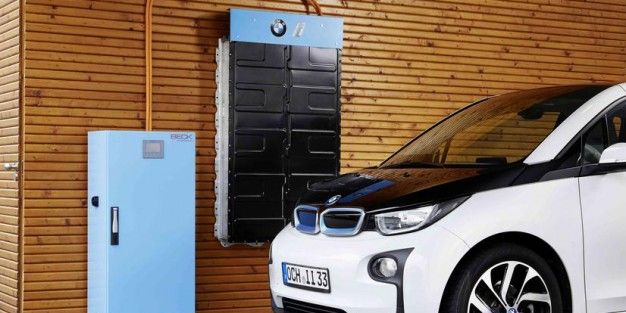There is an irony here, which is that that Tesla vehicle batteries behave more like #1 for the first year especially, then less of that through year 5 - both age-related and use-related.; then basically behaves more like #2. Their own sustainability reports basically have stated that degradation flattens out, and kudos to them, a lot of it is attributable to the efforts they put into thermal management, BMS, etc - the same cannot be said for say, Nissan Leaf batteries, which behave like #1 til they become unusable.
Now I always like to shame the sustainability report, because they only talk about battery pack life in terms of degradation, when in fact we see the earlier batteries failing before that due to many other factors, like water intrusion, time-bombed parts, electronic (not electric) part aging, etc. But if we're only considering degradation, then in the long run they are like #2.
So why don't we just use V2G from vehicle Year 5 onwards then? At worst, the example $60/200mi degradation is less then half by that point, since the vehicle is worth less. But at best, the battery degradation has become like #2, so there would then be almost no depreciation impact, as added cycles at that point don't impact the battery capacity much.
But on that note, rather than using 5-10 year old vehicles, what happened to taking old EOL vehicle batteries at <70% capacity, and repurposing the salvage batteries towards home backup and other uses? I don't think there are that many old batteries in the supply chain yet, because there weren't that many cars 5 years ago, and many salvage batteries are probably directed towards remanufactured batteries for replacement. But in another 5-10 years, there should be hundreds of thousands of serviceable used batteries, with typically at least 70% of 75kwh+ capacity (so at least equal to 3 Powerwalls, and already in the #2 phase of their degradation).
The only thing that I see missing from this, is that the excellent thermal management of a Tesla vehicle battery is in the car, not in the battery pack, if you take it out of the car for home storage, maybe the degradation becomes more like #1 again, or worse. But it's still >3 Powerwalls of capacity, with degradation no worse than 3 actual Powerwall 1/2/2+ (maybe not comparable to LFP-based Powerwall 3)...




